Features of Instant AP
- simple (easy)
Initial and basic settings are super easy, just like instant words
- High function (multi-function)
It is based on the controller (ArubaOS) and has many functions such as firewall and application visualization.
- inexpensive
Built-in virtual controller, no need for physical controller or license, enabling configuration of distributed large-scale wireless LAN
Instant AP or Controller Managed?
|
Instant AP |
Controller management type |
| Manageability |
Manage from one to dozens
Start small, scale up big |
For centralized management in large-scale configurations (30 or more APs) |
| management level |
Can be managed even at locations without IT specialists
Can be deployed at multiple remote sites |
Flexible support for advanced security requirements
Fully customizable by IT experts |
| data traffic |
Traffic is ideal for distributed deployments
Upgradable to Controller AP |
Traffic is centralized in tunnel mode
Distributed type by bridge mode can also be selected |
Main usage scene
Small offices, school classrooms, stores (multipoint), hospital wards, factory lines, etc.
Instant AP lineup
|
model |
Installation |
performance |
client
rough indication |
remarks |
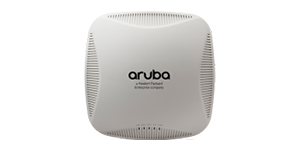 |
103 |
indoor |
low
(802.11n) |
30 to 50 units |
entry model |
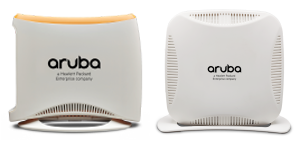 |
RAP
series |
indoor |
low
(802.11n) |
30 to 50 units |
for remote sites |
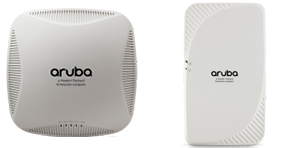 |
200
series |
indoor |
During ~
(802.11ac Wave1) |
50 units |
Offices, general classrooms, stores |
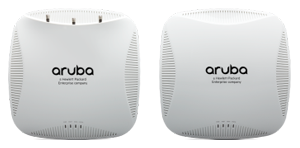 |
210
series |
indoor |
high
(802.11ac Wave1) |
75 units |
Medium Density Office, Medium Classroom
plant |
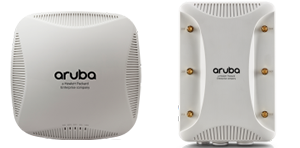 |
220
series |
indoor |
high
(802.11ac Wave1) |
125 units |
High-density offices, large classrooms
stadium wifi |
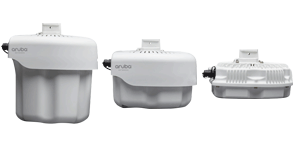 |
270
series |
outdoors |
high
(802.11ac Wave1) |
125 units |
outdoor environment |
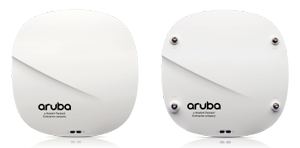 |
320
series |
indoor |
highest
(802.11ac Wave2) |
150 units |
High-density offices, large classrooms |
Setting method
hop (introduction)
Connect the Instant AP to the network and configure only the first one Master (Virtual Controller).
Only one control point! Easy setting by wizard (completely Japanese)
Step (management)
Only the master usually manages!
To add instant APs, simply connect the APs to the same L2 network and the virtual controller will automatically detect and synchronize the settings.
Shampoo (Operational)
Applying upgrades and setting changes only to the master is OK! Then automatically sync with master
Failure
Even if the virtual controller goes down, another instant AP will act as a virtual controller
When restoring, simply connect the replacement device to the network
Convenience function - Instant AP management method
Instant AP has three management methods.
Web interface (standard equipment)
- Japanese language support
- Settings can be visually managed on a single screen from a single unit to a cluster
- Easy radio management and client management
Japanese GUI
AirWave (on-premises server)
- Large-scale, centralized management of multiple locations
- Visualize the network status from the user's point of view
- Visual management with VisualRF (floor plan)
- Real-time display and tracing back to the past status to grasp trends
- Full report function
Aruba Central (Cloud)
- By using cloud services, batch management of APs in multiple locations is possible.
- Easily understand instant AP status and user traffic trends
- Supports multiple social logins in addition to regular guest access (web authentication, Facebook Wi-Fi)
Convenience function – time-based service
Instant AP can be set by specifying the time range to provide wireless LAN service.
for example,
Weekday daytime (Monday-Friday 9:00-17:00)
This is an effective function when you want to enable the service at a specific time/day of the week.
Useful Features - Facebook Wi-Fi
Instant AP is available for Facebook Wi-Fi for Guest Wi-Fi. This will allow you to authenticate with your Facebook account.
- Setting method
- Select “Facebook” in the SSID settings for Instant AP Guest
- All you have to do is set up the Facebook Page (logo, terms of use, policy, etc.) on the Facebook site!
- Image of Facebook login
- Connect to the guest (Facebook Wi-Fi) SSID.
- Connect to the created SSID and open a web browser to open the Facebook login screen. You can use Wi-Fi when you check in or log in with the Wi-Fi code.

